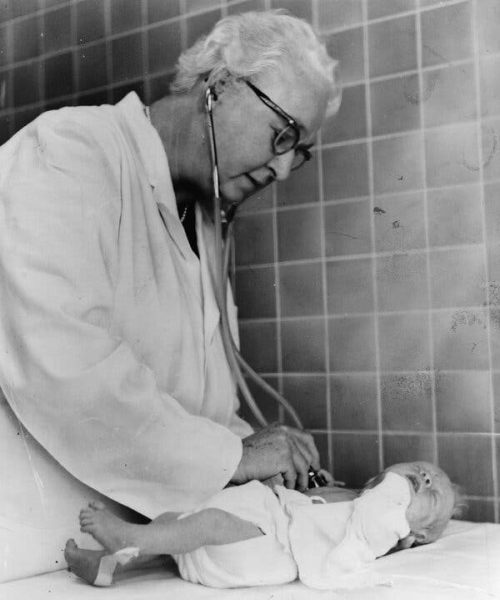The Apgar test grades infants in five areas, including skin tone. Babies of color score lower, and may be subjected to unnecessary treatment.
Shortly after they’re born, infants are assigned an Apgar score, a measure of how well they’re adapting to life outside the womb. It’s the first time a child is graded: on a scale from 0 to 10, with up to two points awarded for each of five metrics.
One of them is skin color, an indication of how much oxygen the baby is getting. A newborn gets two points only if he or she is pink all over. Pale or blue fingers and toes earn one point; a baby who is white, gray or blueish all over gets none.
Some doctors regard the tool as a quick, simple way to assess a newborn’s need for urgent care. But an accumulating body of research has found that Black infants and other babies of color don’t score as well on the Apgar as white infants.
Now a growing number of experts are calling for changes, worried that relying on the widely used scale could make some newborns seem sicker than they are and expose them to unnecessary medical treatment.
Not only is color perception subjective, critics say, but skin tone is a discomfiting and discriminatory measure to include in a medical screening tool.
“Skin color as a determination of someone’s well-being needs to go out of the window,” said Dr. Amos Grünebaum, a professor of obstetrics and gynecology at the Zucker School of Medicine at Hofstra University. “It should not be a part of a health evaluation.”

